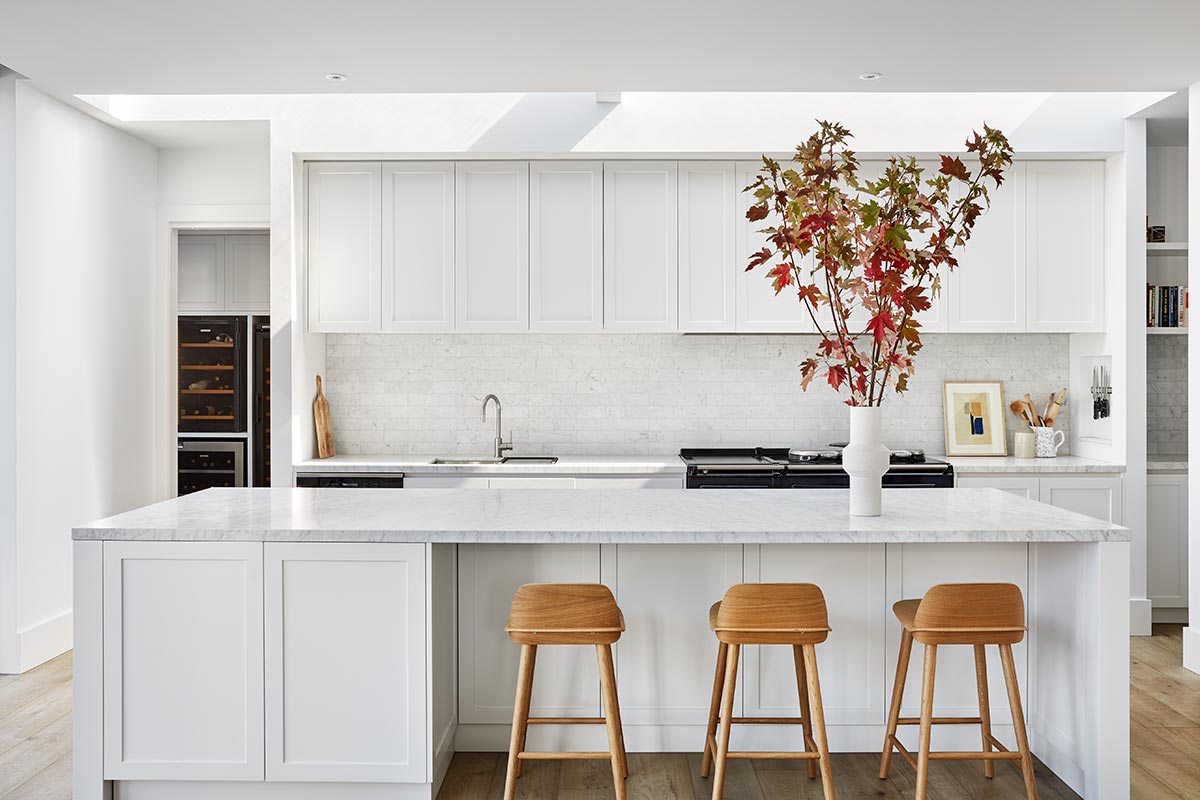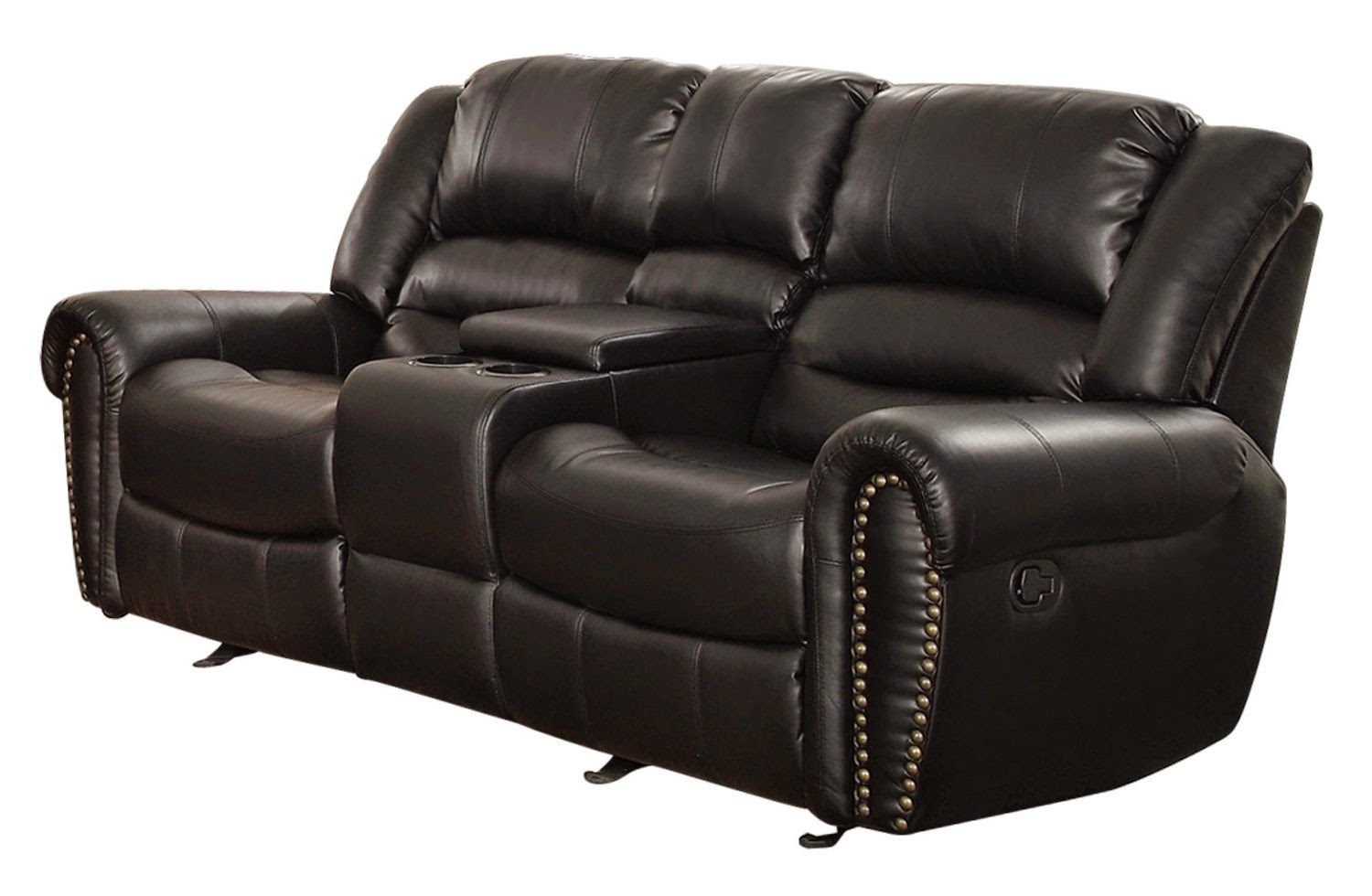Australia has specific standards in place for the design of commercial kitchens, ensuring that they are safe, efficient, and compliant with regulations. These standards cover everything from the layout and equipment to health and safety guidelines. As a business owner or designer, it is important to be familiar with the Australian Standard for Commercial Kitchens to ensure your kitchen meets all requirements. The Australian Standard 4674:2004 - Design and Construction of Food Premises outlines the minimum requirements for the design and construction of commercial kitchens in Australia. This standard covers areas such as lighting, ventilation, waste management, and food storage. It also provides guidance on the layout of the kitchen, ensuring that it is efficient and promotes food safety.1. Australian Standard for Commercial Kitchens
In addition to the Australian Standard, there are also design guidelines that can help ensure your commercial kitchen is functional and meets industry standards. These guidelines cover specific areas such as equipment placement, work surfaces, and flow of traffic. By following these guidelines, you can create a kitchen that is not only compliant but also efficient and conducive to a productive work environment. One important aspect to consider when designing a commercial kitchen is the flow of traffic. This includes the movement of staff, supplies, and food throughout the kitchen. A well-designed kitchen will have a logical flow that minimizes the risk of accidents and promotes efficiency. This can also help with maintaining a clean and hygienic kitchen, as there will be less crossing over and backtracking.2. Design Guidelines for Commercial Kitchens in Australia
There are various regulations in place for the design of commercial kitchens in Australia, covering everything from fire safety to food safety. These regulations are in place to protect the health and safety of employees and the public, as well as to ensure the quality of food being prepared. One key regulation that must be followed is the Food Standards Code, which outlines the requirements for food safety and hygiene in commercial kitchens. This includes proper cleaning and sanitation practices, as well as guidelines for food handling and storage. Failure to comply with these regulations can result in fines and even closure of the kitchen.3. Regulations for Commercial Kitchen Design in Australia
While there are regulations and standards in place, there are also best practices that can help improve the design of your commercial kitchen. These practices have been developed through industry experience and can help create a more efficient and functional kitchen. One best practice is to design the kitchen with flexibility in mind. This means having the ability to adapt to changing menu items or customer demands. For example, having multiple cooking stations that can be used for different types of food can help increase efficiency and reduce wait times for customers.4. Best Practices for Commercial Kitchen Design in Australia
Compliance with industry standards and regulations is crucial for the success of any commercial kitchen. Not only does it ensure the safety of employees and customers, but it also helps maintain a positive reputation for your business. One important aspect of compliance is ensuring that all equipment and fixtures in the kitchen meet Australian standards. This includes items such as ovens, refrigerators, and ventilation systems. These standards ensure that the equipment is safe to use and will not pose a risk to employees or customers.5. Compliance Standards for Commercial Kitchen Design in Australia
When designing a commercial kitchen, it is important to also consider building codes that must be followed. These codes cover areas such as fire safety, accessibility, and energy efficiency. For example, the Australian Building Codes Board outlines requirements for fire safety in commercial kitchens, such as having fire extinguishers and proper ventilation systems. Accessibility codes must also be followed to ensure that the kitchen is accessible to people with disabilities.6. Building Codes for Commercial Kitchen Design in Australia
Health and safety should be a top priority in any commercial kitchen. The health and safety of employees and customers can be impacted by various factors, such as the design of the kitchen and the equipment used. One important standard to follow is the Australian Standard 1668.2-2012 - The Use of Ventilation and Air Conditioning in Buildings. This standard outlines the requirements for ventilation in commercial kitchens, which is essential for maintaining air quality and preventing the buildup of heat and steam.7. Health and Safety Standards for Commercial Kitchens in Australia
In addition to safety and compliance standards, it is important to consider energy efficiency when designing a commercial kitchen. This not only helps reduce operating costs but also has a positive impact on the environment. The Building Code of Australia outlines energy efficiency requirements for commercial buildings, including kitchens. This could include using energy-efficient equipment, such as induction cooktops, and implementing measures to reduce energy consumption, such as LED lighting.8. Energy Efficiency Requirements for Commercial Kitchen Design in Australia
Accessibility is another important aspect to consider when designing a commercial kitchen. This includes making sure that the kitchen is accessible to people with disabilities, as well as providing a safe and ergonomic workspace for employees. The Disability Discrimination Act 1992 outlines the requirements for accessibility in commercial buildings, including kitchens. This could include having wider doorways, lower countertops, and accessible bathroom facilities.9. Accessibility Guidelines for Commercial Kitchens in Australia
Fire safety is a crucial aspect of commercial kitchen design, as the kitchen is a high-risk area for fires. It is important to follow fire safety regulations to prevent accidents and ensure the safety of employees and customers. The Australian Standard 1851-2012 - Maintenance of Fire Protection Systems and Equipment outlines the requirements for the maintenance and testing of fire safety systems in commercial buildings, including kitchens. Regular maintenance and testing can help identify any potential hazards and ensure that the systems are functioning properly in case of a fire. In conclusion, there are many standards and regulations to consider when designing a commercial kitchen in Australia. By following these guidelines and best practices, you can create a safe, efficient, and compliant kitchen that will help your business thrive. Remember to always stay updated on any changes or updates to these standards to ensure your kitchen remains in compliance. 10. Fire Safety Regulations for Commercial Kitchen Design in Australia
Creating a Safe and Efficient Commercial Kitchen Design in Australia

Importance of Professional Kitchen Design
 Designing a commercial kitchen in Australia is not just about creating a visually appealing space. It requires careful planning and consideration of various factors to ensure the kitchen is safe, efficient, and meets all necessary standards. After all, a commercial kitchen is the heart of any food business, and a well-designed one can contribute to its success.
Commercial Kitchen Design Standards in Australia
In Australia, commercial kitchens are required to adhere to specific standards set by the government to ensure the safety and health of both workers and consumers. These standards cover areas such as ventilation, lighting, equipment, and sanitation. Failure to meet these standards can result in penalties and even closure of the establishment.
Designing a commercial kitchen in Australia is not just about creating a visually appealing space. It requires careful planning and consideration of various factors to ensure the kitchen is safe, efficient, and meets all necessary standards. After all, a commercial kitchen is the heart of any food business, and a well-designed one can contribute to its success.
Commercial Kitchen Design Standards in Australia
In Australia, commercial kitchens are required to adhere to specific standards set by the government to ensure the safety and health of both workers and consumers. These standards cover areas such as ventilation, lighting, equipment, and sanitation. Failure to meet these standards can result in penalties and even closure of the establishment.
Designing for Efficiency
 When designing a commercial kitchen, efficiency should be a top priority. A well-designed kitchen can help minimize energy consumption, reduce the risk of accidents, and increase productivity. One way to achieve efficiency is by considering the layout and workflow of the kitchen. This includes placing equipment and workstations in a logical and ergonomic manner, ensuring easy movement and access for workers.
Optimizing Space and Storage
Another crucial aspect of commercial kitchen design is utilizing the available space to its full potential. This can involve using vertical storage options, such as shelving and racks, to maximize storage capacity. It also means considering the placement of equipment, such as refrigerators and ovens, to ensure they do not take up unnecessary space.
When designing a commercial kitchen, efficiency should be a top priority. A well-designed kitchen can help minimize energy consumption, reduce the risk of accidents, and increase productivity. One way to achieve efficiency is by considering the layout and workflow of the kitchen. This includes placing equipment and workstations in a logical and ergonomic manner, ensuring easy movement and access for workers.
Optimizing Space and Storage
Another crucial aspect of commercial kitchen design is utilizing the available space to its full potential. This can involve using vertical storage options, such as shelving and racks, to maximize storage capacity. It also means considering the placement of equipment, such as refrigerators and ovens, to ensure they do not take up unnecessary space.
Safety First
 Safety should be a top priority in any commercial kitchen. This involves proper ventilation to prevent the buildup of heat and fumes, as well as the use of non-slip flooring to reduce the risk of accidents. It also means ensuring all equipment is properly maintained and in good working condition.
Final Thoughts
Designing a commercial kitchen in Australia is not just about meeting standards, but also about creating a safe and efficient space for workers and consumers. By considering the layout, space optimization, and safety measures, you can ensure a successful and thriving food business. So, if you're planning to open a restaurant or any other food establishment in Australia, make sure to prioritize professional kitchen design.
Safety should be a top priority in any commercial kitchen. This involves proper ventilation to prevent the buildup of heat and fumes, as well as the use of non-slip flooring to reduce the risk of accidents. It also means ensuring all equipment is properly maintained and in good working condition.
Final Thoughts
Designing a commercial kitchen in Australia is not just about meeting standards, but also about creating a safe and efficient space for workers and consumers. By considering the layout, space optimization, and safety measures, you can ensure a successful and thriving food business. So, if you're planning to open a restaurant or any other food establishment in Australia, make sure to prioritize professional kitchen design.





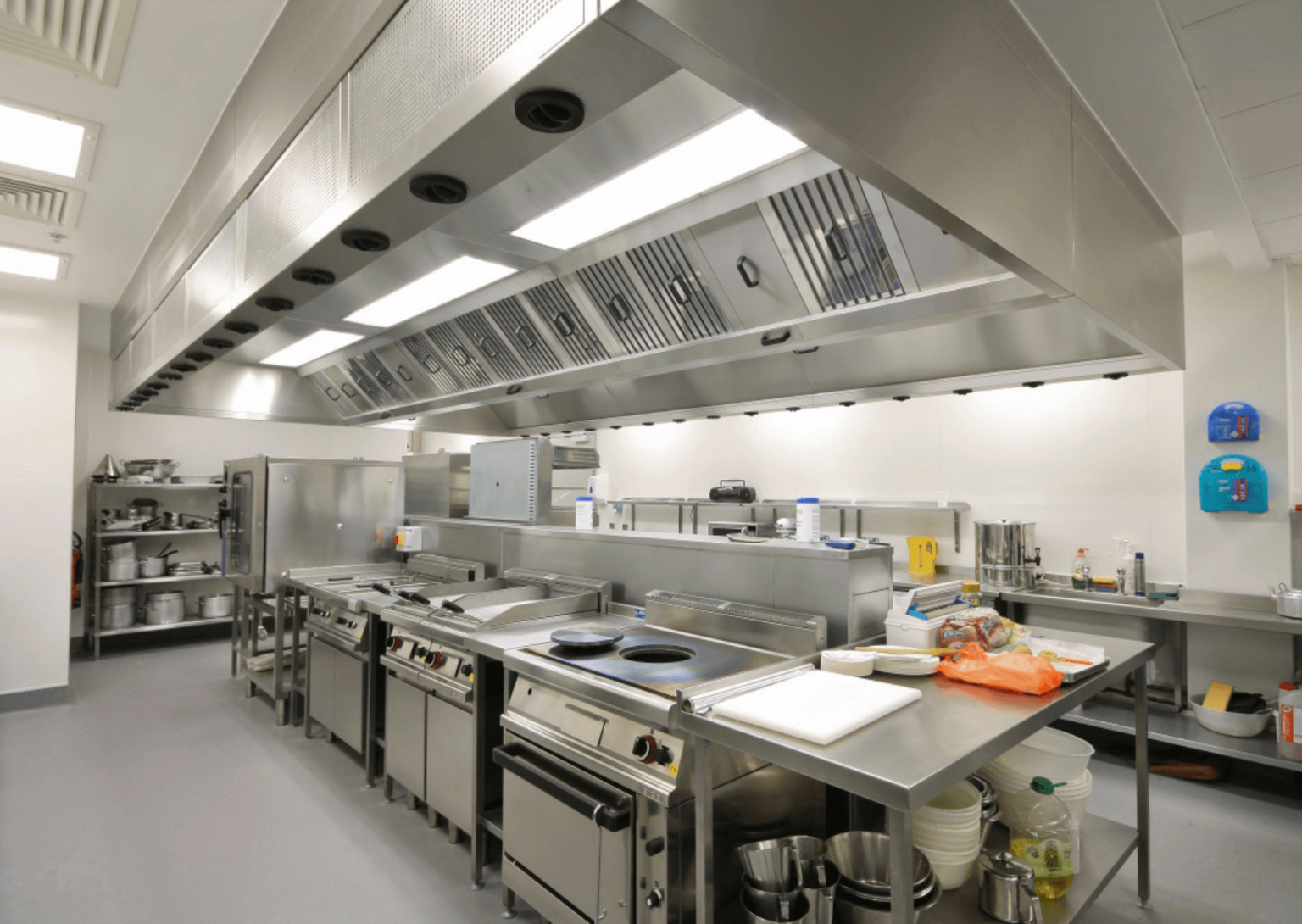





























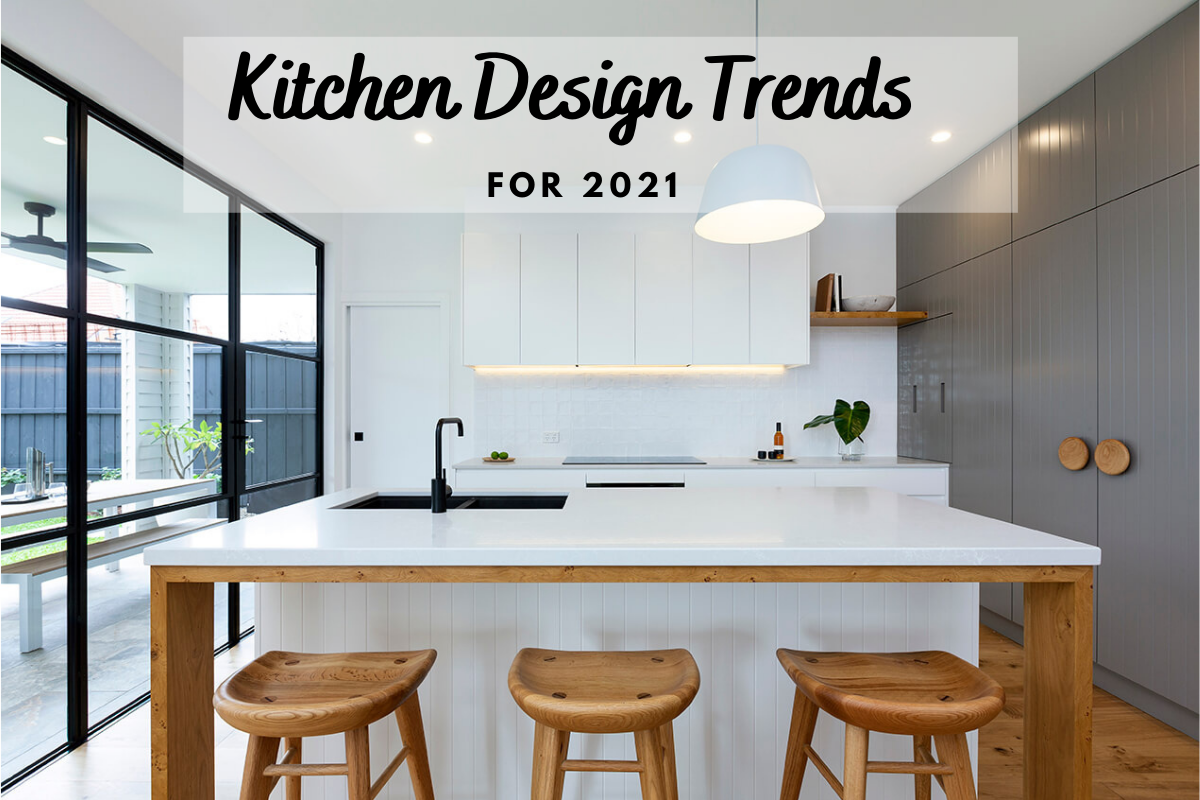
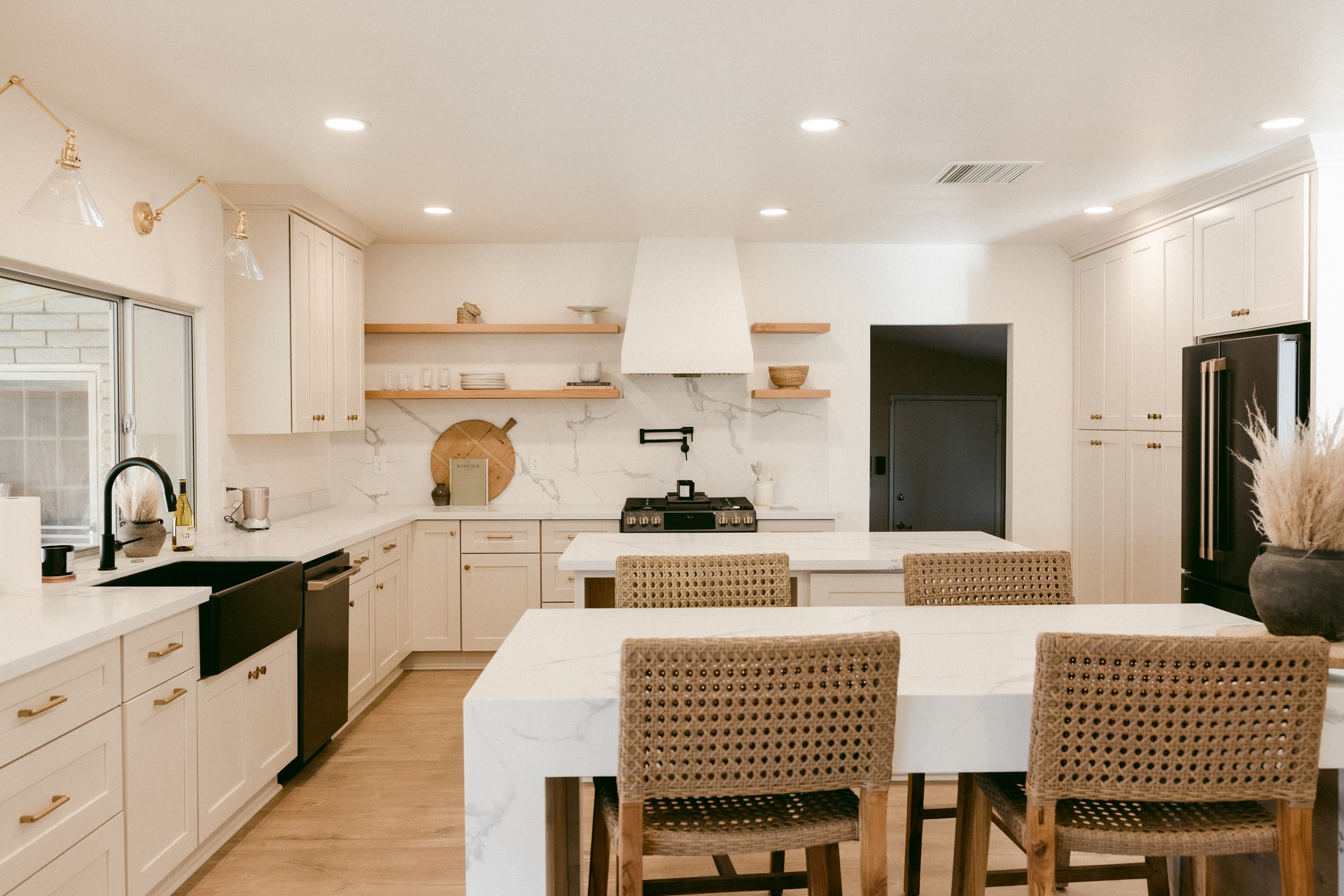










-p-1080.png)


